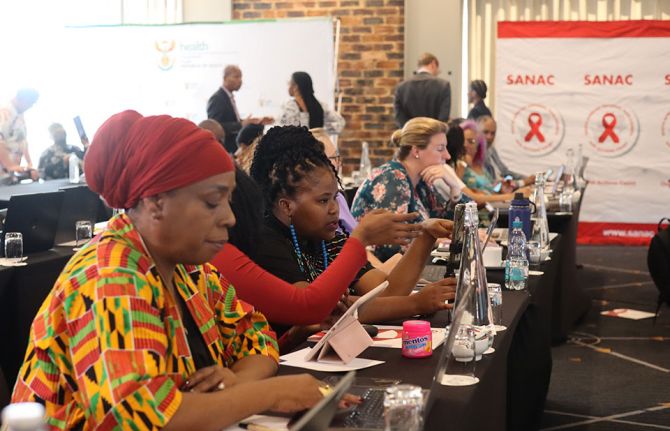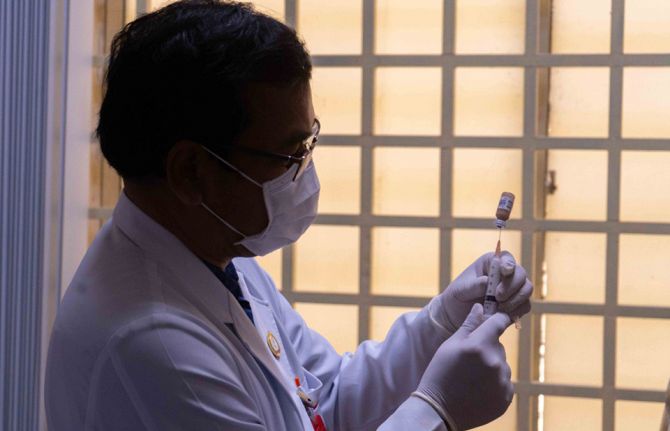
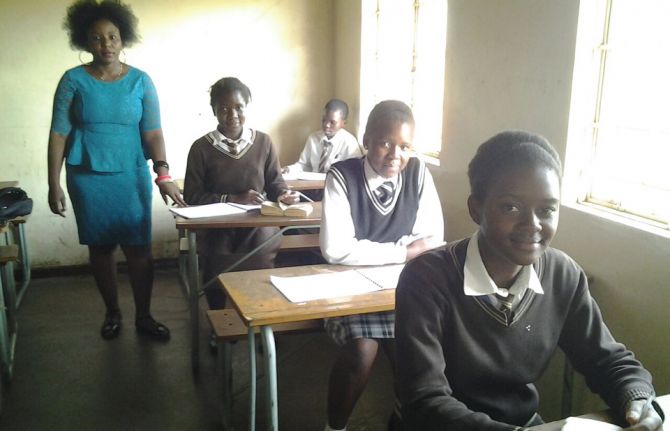
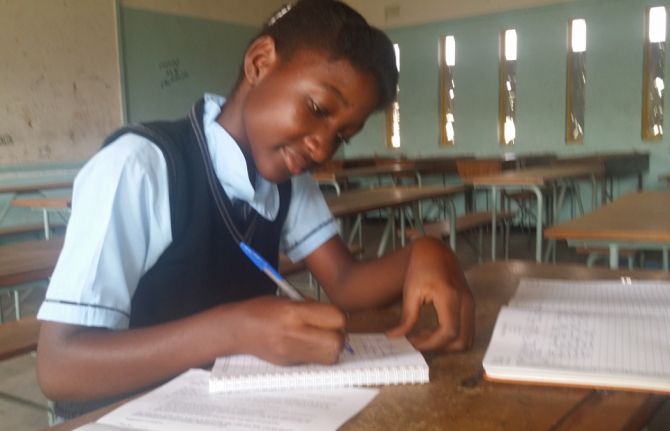
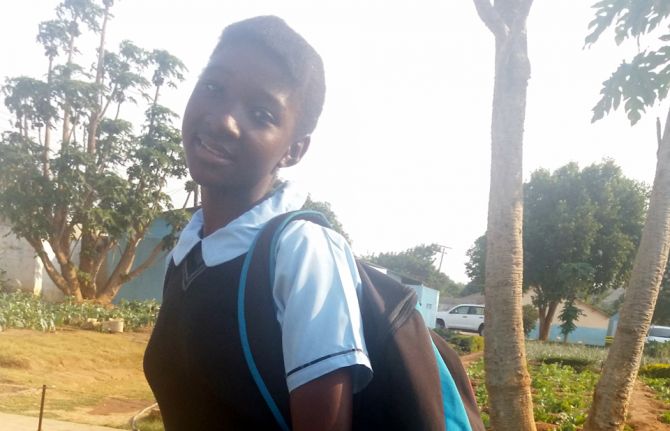
Feature Story
Comprehensive sexuality education in Zambia
09 November 2016
09 November 2016 09 November 2016It is estimated that worldwide only three in 10 adolescent girls and young women between the ages of 15 and 24 years have comprehensive and correct knowledge about HIV.
With inadequate knowledge, young people are ill-equipped to make healthy and safe decisions about their sexual health. However, knowledge, while a crucial foundation, is not in itself sufficient to change behaviour and reduce the risk of HIV infection. Knowledge needs to be combined with the right skills and attitudes, which can be taught and developed through high-quality comprehensive sexuality education (CSE).
CSE not only plays an important role in preventing negative sexual and reproductive health outcomes, but also offers a platform to discuss gender issues and human rights and to promote respectful, non-violent relationships. However, gender-responsive and life-skills-based HIV and sexuality education is only covered in the national curriculum by 15% of the 78 countries analysed in the Global education monitoring report, recently launched by the United Nations Educational, Scientific and Cultural Organization.
When CSE programmes focus on gender and power relations, they are much more likely to show positive effects in reducing sexually transmitted infections and unintended pregnancies than programmes ignoring gender and power.
Such a gender-responsive CSE programme have been implemented in Zambia, which is a signatory to the 2013 Ministerial Commitment on comprehensive sexuality education and sexual and reproductive health services for adolescents and young people in eastern and southern Africa.
The curriculum in Zambia focuses on puberty, HIV prevention, gender equality, sexual and reproductive health, relationships and human rights. The overall goal is for adolescents and young people in Zambia to enjoy better sexual and reproductive health and have better health outcomes overall.
Zambia currently has the largest population of young people in its history, with 52.5% aged below 18 years. During their school years, teachers and sexual health specialists have an ideal opportunity to reach students with correct and appropriate health education information. The onset of adolescence brings not only physical change but also vulnerabilities to human rights abuses, particularly in the areas of sexuality, marriage and childbearing.
Harriet Lilanda, aged 13, a student at Twalumba Primary School in Lusaka, Zambia, thinks that the new sexuality education curriculum is important for young people. “Talking openly about sexuality was not an easy thing, as boys would think I am a loose girl. Parents at home were also closed up on us; now I think the knowledge which we are receiving in class will help me,” she said.
Both teachers and students in Zambia welcomed the introduction of CSE in schools and appreciate its contribution to the attitudes of young people.
“I saw the need to get more involved in teaching comprehensive sexuality education because of the way our society hides information on sexuality,” says Agather Shindende, a teacher at Kabulonga Primary School. “I remember growing up and being told that if you sit next to a boy at school you would conceive. I don’t want the current generation to go through what we went through.”
Schools have the potential to contribute to healthy individual behaviour as well as improved social norms around equality and non-violence, but this cannot be realized if, at the same time, they are places of gender inequality and violence. Access to a safe learning environment must be combined with education about gender equality, non-violent behaviour and sexual and reproductive health for everybody.
“Among the topics that I have learnt, gender stands out as the most interesting one,” says Harriet Lilanda. “I like gender because it teaches us to be equal. Boys and girls can do the same things—mathematics, science, home economics and technical drawing. I have learnt that we must respect each other and that household chores have to be done by girls and boys.”
Gender practices, norms and values influence sexuality, reproduction and relationships: unequal gender relations make it difficult for women and girls to make choices about sex, as well as increasing their vulnerability to violence, early marriage and adverse sexual and reproductive health outcomes.
Ms Shindende appreciates the benefits of CSE and feels that results are slowly being noticed. “The attitude and behaviour among learners regarding gender norms is slowly changing for the better, especially among boys,” she says. “Previously, boys never wanted to take subjects like home economics because they considered it as a subject for girls only, but today, out of 45 learners, 20 are boys and they willingly chose home economics as one of their optional subjects. Therefore, you can see that teaching comprehensive sexuality education from an early age can open up the minds of our young people. We also have many girls taking art and design courses, including technical drawing, which were exclusively for boys.”
When young women and adolescent girls have access to comprehensive age-appropriate sexuality education before becoming sexually active, they are more likely to make informed decisions about their sexuality and approach relationships with more self-confidence. CSE is also known to increase young girls’ condom use, increase voluntary HIV testing among young women and reduce adolescent pregnancy, especially when linked with non-school-based youth-friendly health services provided in a stigma-free environment.
Watch UNESCO video — Being a Young Person: Comprehensive Sexuality Education

